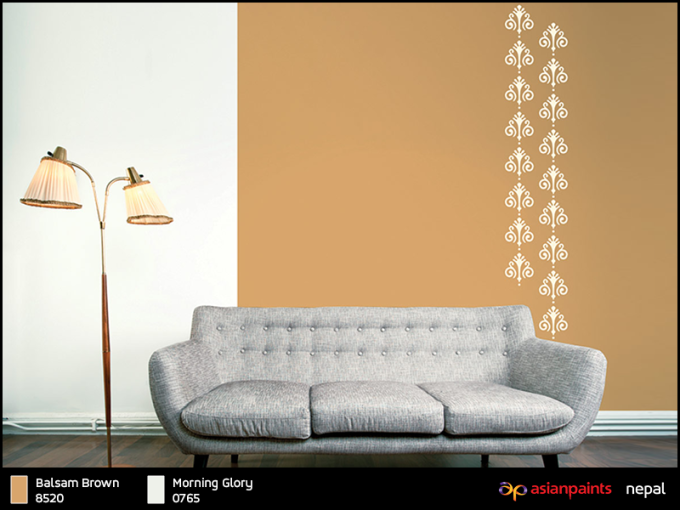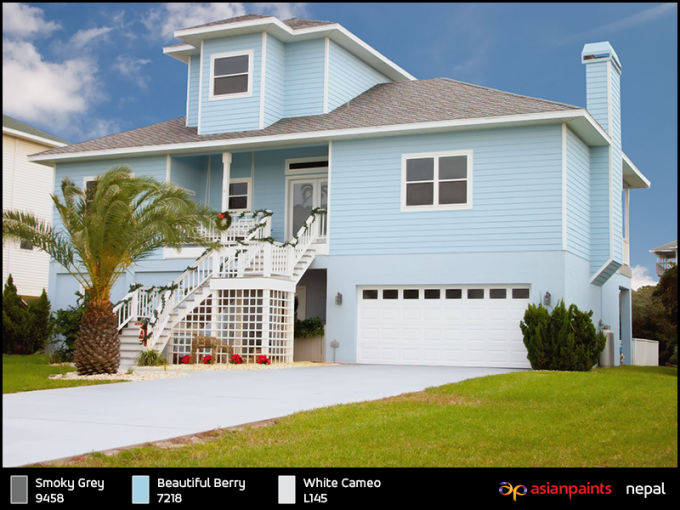A bathroom, being the smallest, is the easiest room in the house to update with paint. You can paint it whenever you want but with what type of paint? Read on to know.
Keep moisture in mind
As the moisture is present in a bathroom, it can be a problem for painted walls. The humidity from steam from the shower or bathtub gets to your walls anyways, so you have to go with flexible paint that lets moisture out without breaking down.
Easy to wipe off
Go with easy to wipe paint finish as the walls tend to get stained due to moisture.
Avoid flat finishes as they absorb moisture making the walls challenging to wipe. Eggshells finishes could have been one of the choices being easy to wipe, but it is not so good for moisture-prone areas. Satin finishes are suitable for a low-moisture bathroom. So, go with either semi-gloss or high-gloss finishes that repel moisture as well being easy to wipe stains off. However, high-gloss does not look so good on the large wall surface like semi-gloss does. Reserve it for trim or bathroom cabinets instead.
Paint manufacturers are continually working on creating paints compatible for any room, including bathrooms by adding additives which makes paint more durable and moisture resistant. So, while buying paints, you do not have to depend on the finish entirely.
Right primer
To avoid peeling paint, apply moisture-resistant primer before painting on your walls and ceiling. This step is small but essential to prevent time-to-time touch ups.
Which paint color?
As the color of bathroom walls affects your mirror reflection, you need to go with the one that does not change the appearance of your complexion, which makes it difficult for you to get ready. It would be best if you go with neutral shades – whites, grays, pastels – to dodge the problem painting walls can create. In Nepal, people do not see its use from various aspects, but it does play a crucial role in things other than just beautifying a room.




